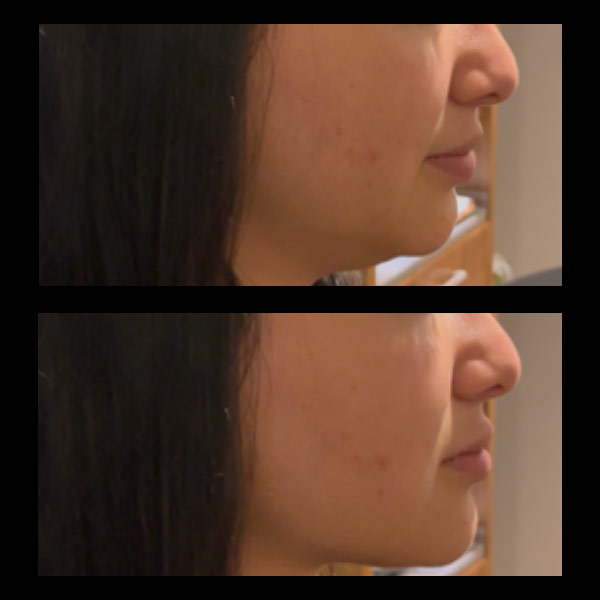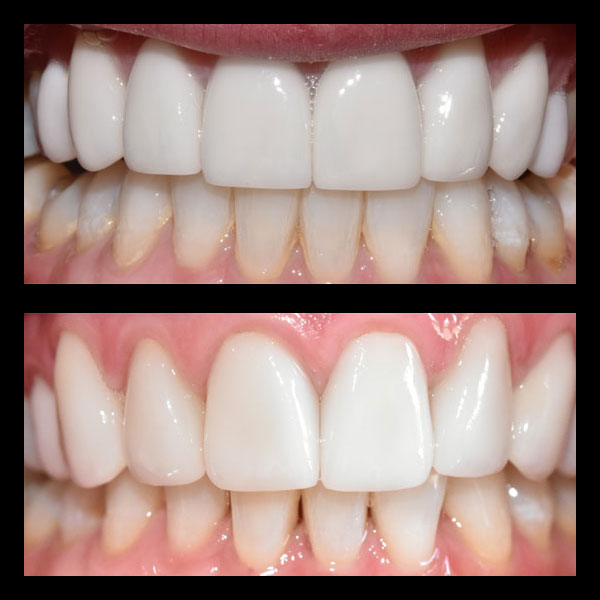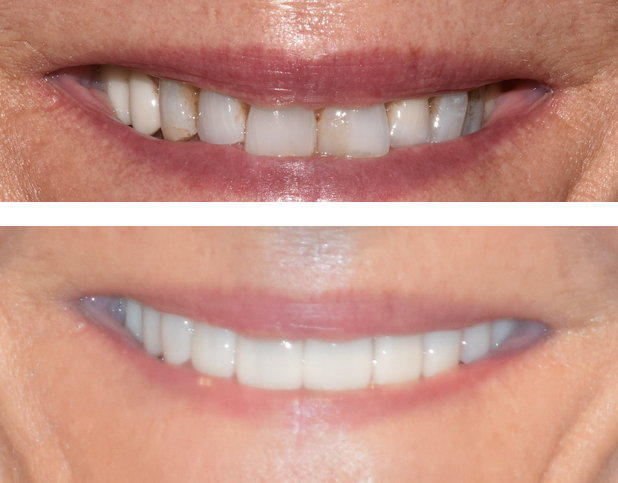Dental fillings are not one-size-fits-all, especially for those looking to enhance both function and aesthetics. At Incredible Smiles, we understand the importance of customizing dental care to meet individual needs. This guide will help you explore and understand your choices between standard and non-metal fillings, so you can achieve the vibrant and healthy smile you desire.
The Basics of Dental Fillings
Dental fillings are essential tools in restorative dentistry, designed to repair and restore the form and function of teeth affected by decay, damage, or wear. Fillings not only help prevent further deterioration of the tooth but also restore its natural shape and functionality. At Incredible Smiles, we offer various types of fillings that cater to different needs and preferences.
There are several types of fillings available, each suited to different circumstances. Common materials include amalgam, composite resin, porcelain, and gold. Each material carries its own benefits and is suitable for specific situations, whether it’s for aesthetic or functional reasons.
Fillings play a vital role in maintaining dental health by providing structural support, preventing further dental decay, and reducing sensitivity. When choosing a filling type, key factors to consider include the location and function of the tooth, aesthetic preferences, budget, and any allergies or sensitivity to materials.
In addition to their functional role, dental fillings represent an opportunity to arrest dental issues before they become more significant. Modern advances in dentistry ensure that patients have access to high-quality solutions tailored to their needs. This proactive approach not only protects the teeth but reinforces long-term oral health.
Standard Fillings: Traditional Choices and Their Benefits
Standard fillings, often composed of amalgam, have been used in dentistry for over a century. Amalgam fillings, made from a mixture of metals including silver, mercury, and tin, are well-known for their durability and strength. These fillings are especially advantageous for restoring molars due to their ability to withstand significant biting forces.
In terms of longevity, amalgam fillings have a long lifespan, often lasting 10 to 15 years or more with proper oral care. They offer straightforward application even in less-than-ideal conditions, making them a reliable choice in many dental scenarios.
While standard fillings provide durability, they do come with some downsides, such as being more noticeable due to their metallic color. Here is a quick comparison of the pros and cons:
| Pros | Cons | Considerations |
|---|---|---|
| Highly durable | Noticeable metal color | May not suit aesthetic preferences |
| Cost-effective | Potential temperature sensitivity | Ideal for molars and out-of-sight restorations |
| Long lifespan | Contains mercury | Requires monitoring for durability over time |
Non-Metal Fillings: Modern Alternatives for the Aesthetic-Minded
With advances in dental materials, non-metal fillings have become increasingly popular, especially among those prioritizing aesthetic appeal. These fillings are typically made from composite resin or porcelain, materials that can be closely matched to the natural color of your teeth, providing a seamless appearance.
Non-metal fillings are known for enhancing the aesthetics of a smile, as they blend naturally with the tooth’s surface, making them nearly invisible. This appeal is particularly beneficial for front teeth or visible areas where appearance is paramount.
Aside from aesthetics, non-metal fillings offer physiological benefits such as minimal removal of healthy tooth structure and bonding to the existing tooth surface, which can improve overall tooth strength. Below are common feedback themes from our patients:
- “Virtually indistinguishable from my natural teeth.”
- “Comfortable and easy to forget they are there.”
- “Feel confident when I smile now.”
For those seeking an individualized approach to dental restoration, non-metal fillings also align with sustainable health choices. Many patients opt for these options because they combine function and form seamlessly.
Making Your Filling Choice at Incredible Smiles
At Incredible Smiles, we pride ourselves on combining artistic vision with dental expertise, ensuring each treatment is tailored to meet both functional and aesthetic goals. Our experienced team leverages state-of-the-art technology to craft personalized dental solutions for every patient.
The consultation process at Incredible Smiles is designed to understand and prioritize your needs and preferences thoroughly. During consultations, we discuss the pros and cons of filling materials so you can make an informed decision that aligns with your dental health goals.
Maintaining both aesthetic appeal and dental health is crucial, especially in a community-focused environment like Boulder, Colorado, where a stunning smile often goes hand in hand with wellbeing.
For those ready to take the next step, scheduling an appointment has been optimized for mobile devices. Here’s how you can book an appointment with ease:
- Visit our website on your mobile device.
- Navigate to the appointments section.
- Select your preferred date and time.
- Fill out your details and submit the form to confirm your booking.
Frequently Asked Questions
What are the main types of dental fillings?
The main types of dental fillings include amalgam, composite resin, porcelain, and gold, each suited for different functional and aesthetic needs.
What are the benefits of non-metal fillings?
Non-metal fillings offer aesthetic benefits by blending seamlessly with natural tooth color, require minimal removal of healthy tooth structure, and bond well with the tooth to improve its strength.
How do standard fillings differ from non-metal fillings?
Standard fillings, such as amalgam, are durable and cost-effective but noticeable in color, while non-metal fillings like composite resin focus on aesthetics and offer a natural look.
What factors should be considered when choosing a dental filling?
Factors to consider include the location and function of the tooth, aesthetic preferences, budget, and any material allergies or sensitivities.
How long do amalgam fillings typically last?
Amalgam fillings typically have a long lifespan, often lasting 10 to 15 years or more with proper oral care.








